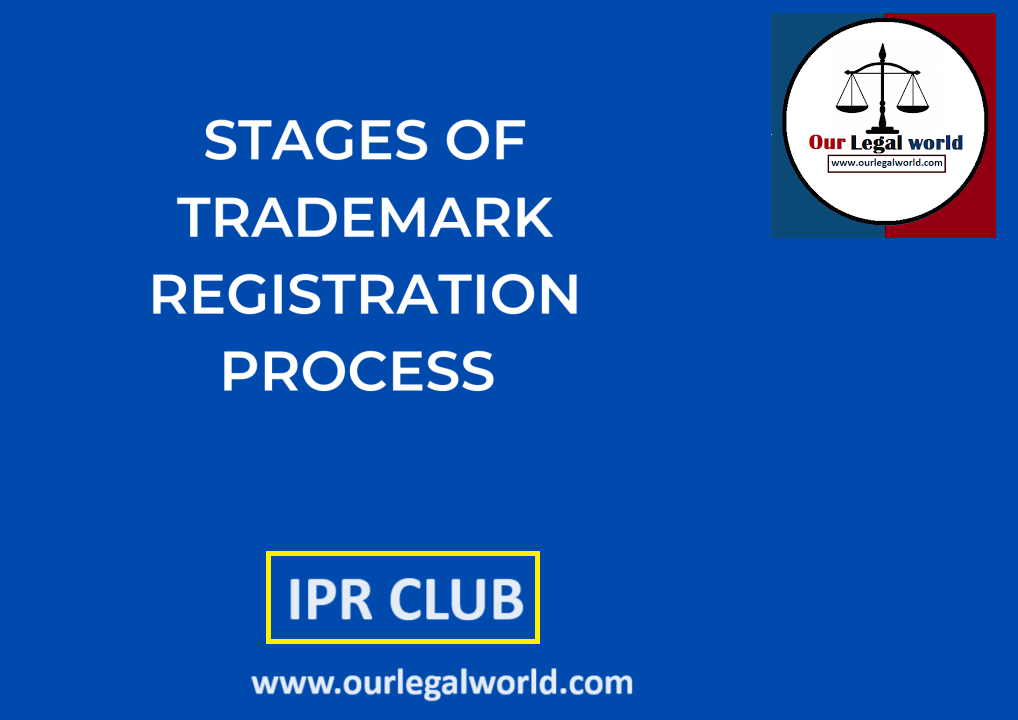Trademark Registration Process & Procedure for Brands in India
Trademarks play a crucial role in protecting the unique identity of a business, product, or service in the marketplace. Trademark registration can be obtained for words, logo, numerals, slogan, device and more in India. Trademark registration provides legal right of exclusivity for use of the mark to the owner of the trademark.
Trademark Search
Before initiating the trademark registration process, it is essential to conduct a thorough search to ensure that the chosen mark is not already in use or registered by another entity. This step helps prevent potential conflicts and rejection during the official application process.
Also Read: Doctrine of Deceptive Similarity under Trademark
Who Can Apply for a Trademark?
A trademark application can include:
- Individuals
- Private firms
- Companies (Limited Liability Partnership, OPC Private Limited, Partnership, etc.)
Trademark Filing
The next step is to file the trademark application with the Trademark Registry. The application must be filed in Form TM-A either online from the IP India’s official website or physically at the Trademark Registry Office according to one’s jurisdiction. The application must include the following information:
- Applicant’s details
- Trademark representation
- Goods/services details
- Date of first use (if applicable)
- Power of attorney (if filed through a trademark agent)
Rupees 9,000 or Rupees 10,000
If you are not a start-up, small enterprise or an individual you will fall under this bracket. You have to pay rupees 9,000 for e-filing of the from or Rupees 10,000 if you file the form in person with the Office of Trade Marks.
Rupees 4,500 or Rupees 5,000
If you are an individual, small enterprise or a start-up then you fall under this bracket. Rupees 4,500 is the charge for e-filing of the form or Rupees 5,000 if you file the form physically.
Examination by the Trademark Office:
Once the application is filed, it undergoes a substantive examination by the Trademark Office. The examiner assesses the application for compliance with statutory requirements and checks for similarity with existing trademarks. If any objections arise, the applicant is provided with an opportunity to address them.
The applicant is required to respond to the examination report within 30 days of its receipt, presenting all defenses and supporting evidence countering the objections raised by both the trademark office.
Trademark Objection Reply Click here
Post Examination Procedures
Publication in the Trademark Journal:
If the trademark application is accepted by the examiner, it is published in the Trademark Journal. This publication serves as a notice to the public, allowing third parties to oppose the registration within a stipulated period, usually four months.
Opposition Proceedings:
During the opposition period, third parties who believe that the registration of the trademark would adversely affect their rights can file an opposition. Both the applicant and the opponent have the opportunity to present their case before the Trademark Office.
Trademark Journal Publication
Once the trademark registration application is accepted by the Trademark Registrar, the proposed trademark is published in the Trademark Journal which will remain there for 4 months.
Notice of Opposition
During the opposition period, third parties who believe that the registration of the trademark would adversely affect their rights can file an opposition. Both the applicant and the opponent have the opportunity to present their case before the Trademark Office.
The trademark registration certificate issuance
If there is no opposition or if the opposition is unsuccessful, the Trademark Office proceeds with the registration of the trademark. The registration certificate is then issued to the applicant, providing legal rights and protection for the registered trademark.








